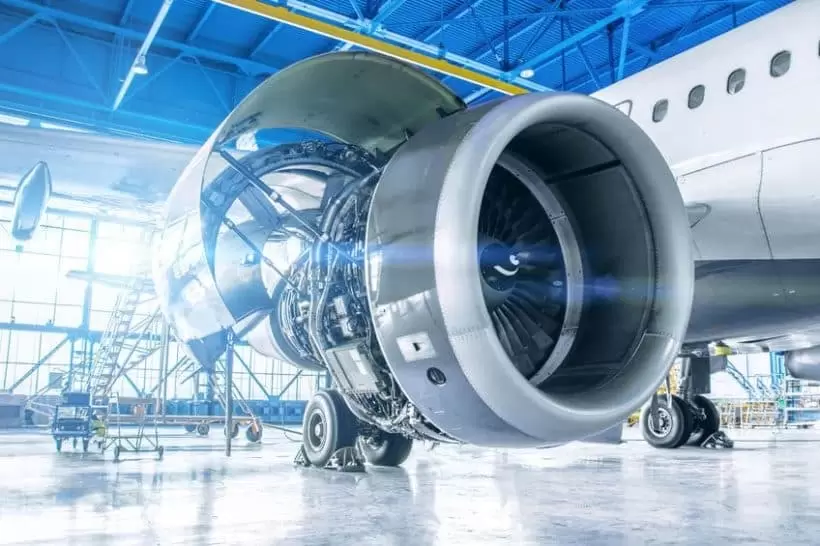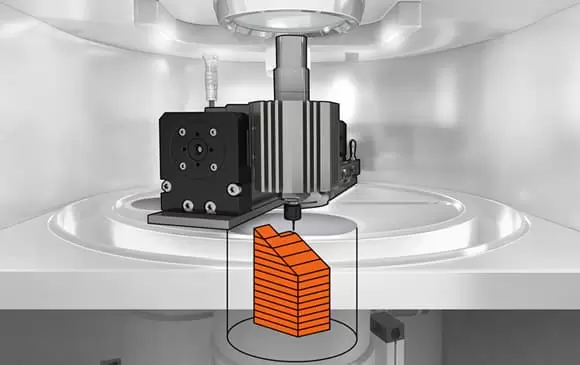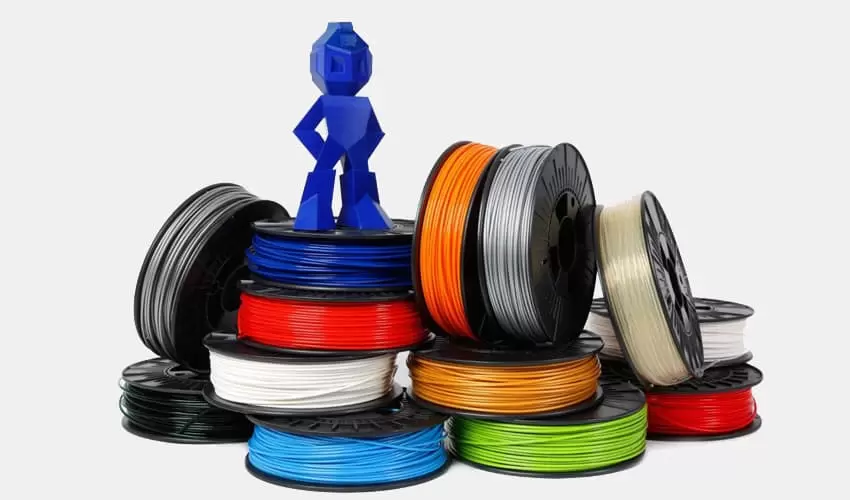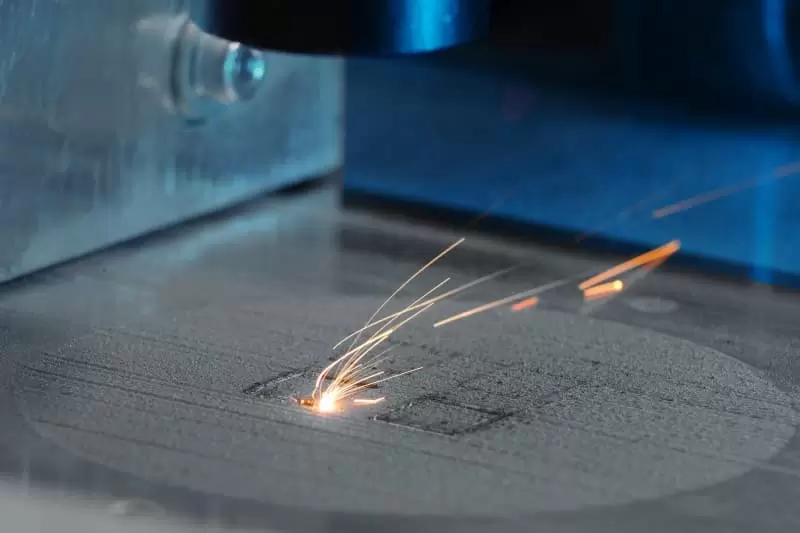Introduction
The world of 3D printing has witnessed a remarkable evolution, and metal 3D printing has emerged as a frontrunner in this transformative technology. Initially, the focus was predominantly on improving metal 3D printers' capabilities, but a paradigm shift is taking place. Now, there is a growing recognition of the critical role that metal 3D printing materials play in determining the quality and applications of the final products. In this article, we delve into the increasing importance of metal 3D printing materials and the impact they have on reshaping the additive manufacturing landscape.
Understanding the Rise of Metal 3D Printing Materials
1. The Significance of Metal 3D Printing Materials
Metal 3D printing materials are the building blocks of additive manufacturing. They are crucial in determining the physical properties, mechanical strength, and chemical characteristics of the 3D printed objects. The right choice of metal materials can elevate a 3D printed component from a mere prototype to a fully functional, production-grade part. With the advancement of material science, a wide array of metals, metal alloys, and even metal composites have become available for use in metal 3D printing.
2. Diverse Applications of Metal 3D Printing Materials
The diverse range of available metal 3D printing materials has opened up new possibilities across numerous industries. From aerospace to healthcare, automotive to electronics, metal 3D printing materials find applications in areas that demand high-performance components and complex geometries. For example, in the aerospace industry, lightweight yet durable metal parts are essential for reducing fuel consumption and increasing overall efficiency. Titanium and aluminum-based alloys have become go-to choices for these applications due to their favorable strength-to-weight ratios.
3. The Role of Material Properties in Design Optimization
The properties of metal 3D printing materials significantly influence the design optimization process. Engineers and designers can leverage the specific characteristics of different materials to create parts with tailored mechanical properties. For instance, in medical implants, the biocompatibility and corrosion resistance of certain metal alloys ensure a better match with the patient's anatomy and ensure a longer lifespan for the implant.
The Advantages of Focusing on Metal 3D Printing Materials
1. Cost-Effectiveness and Efficiency
Investing in research and development to improve metal 3D printing materials can yield cost-effective and efficient solutions. As the focus shifts from developing expensive proprietary 3D printers to optimizing the use of existing printers with a wider range of materials, the cost per part decreases. This cost reduction opens up opportunities for small and medium-sized enterprises (SMEs) to embrace metal 3D printing and integrate it into their production processes.
2. Material Development for Specific Industries
Industries with specific demands can benefit greatly from tailor-made metal 3D printing materials. The process of developing materials with specific properties for a particular industry or application allows for superior performance and efficiency. For instance, in the oil and gas industry, where components face extreme conditions, developing high-temperature-resistant metal alloys ensures reliable operations and minimizes downtime.
3. Sustainability and Environmental Impact
Focusing on metal 3D printing materials can also contribute to sustainability and reduce the technology's environmental impact. By using materials that are more environmentally friendly, such as recycled or biodegradable metal powders, the carbon footprint associated with metal 3D printing can be significantly reduced.
Challenges and Future Outlook
1. Material Testing and Certification
One of the significant challenges in expanding the use of metal 3D printing materials is ensuring consistent quality and reliability. Material testing and certification processes are crucial for industries that rely on safety-critical components. Establishing standardized testing protocols and industry-wide certifications will build trust in the technology and facilitate its wider adoption.
2. Collaboration and Research
To fully capitalize on the potential of metal 3D printing materials, collaboration between research institutions, material scientists, and additive manufacturing experts is essential. Collective efforts can lead to groundbreaking innovations, including new metal alloys with improved properties, which will broaden the applications of metal 3D printing even further.
Conclusion
As metal 3D printing continues to revolutionize industries and transform manufacturing processes, the focus on metal 3D printing materials is gaining momentum. The shift in attention from solely improving metal 3D printers to optimizing and expanding the range of materials has the potential to unlock a new era of additive manufacturing. With ongoing research, collaborative efforts, and a commitment to quality and sustainability, metal 3D printing materials will undoubtedly shape the future of the industry, enabling innovation and unlocking unprecedented possibilities.




